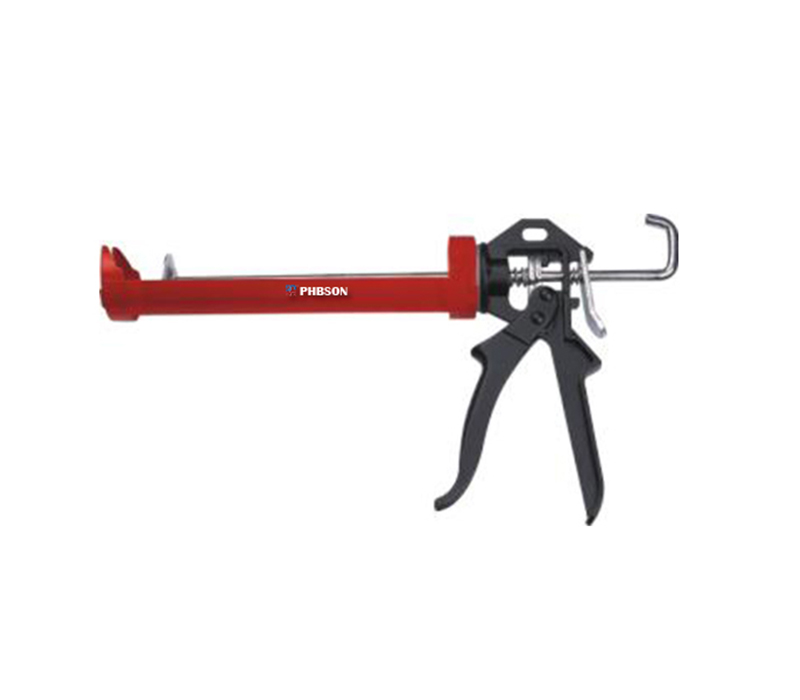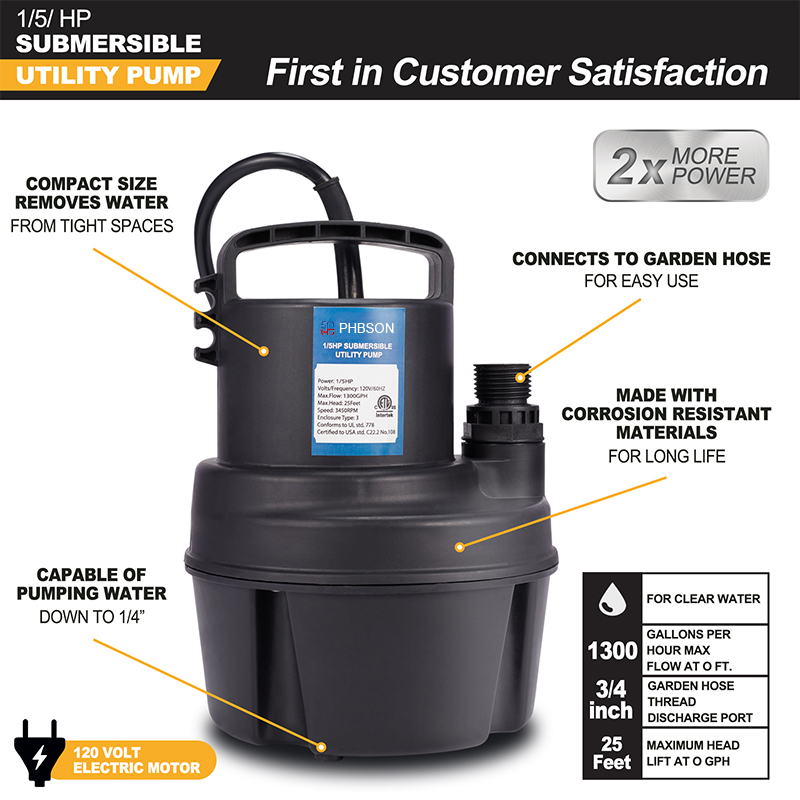Unlike power tools, hand tools do not require electricity to function. They are also lighter in weight and easy to carry.
A basic set of hand tools will allow you to complete a variety of maintenance tasks around the house. Many people find a sense of satisfaction in maintaining their own household appliances, furniture and equipment.
Safety
Hand tools such as hammers, wrenches, pliers, chisels and screwdrivers may appear harmless but they can be the cause of many types of injuries. Repetitive motions can stress muscles and ligaments in hands and arms leading to carpal tunnel syndrome. Flying chips of metal or wood from cutting tools can cause eye injuries. Hand tools can fall or be thrown by careless workers, causing severe injury.
Inspect all tools before using them. A faulty tool, such as a broken handle, rusty blade or a worn screwdriver tip can easily injure you or a coworker.
Wear all required personal protective equipment such as gloves, safety glasses or goggles and a hard hat when working with hand tools. Wearing a loose glove can lead to cuts and burns when handling sharp objects. Wear sturdy shoes and steel toed socks when carrying or storing hand tools.
Ergonomics
Using hand tools improperly can cause a variety of injuries in the hands and arms, including work-related musculoskeletal disorders (WMSDs). Symptoms of these conditions include pain, swelling, numbness, loss of movement and changes in skin color. These problems are caused by force, awkward positioning and repetitive use of the wrists and fingers.
To reduce the risk of injury, workers should choose tools that are lightweight. Heavier tools can lead to worker fatigue more quickly and place extra stress on muscles. Moreover, the extra weight can put pressure on nerves and blood vessels in the palms of the hands.
The handle of a tool should be long enough so that the end of it won’t press into the palm. For example, the handle should be longer than the widest part of the palm from the pinkie to the thumb. Additionally, the handle should be shaped to keep the wrist straight during the task. This can be accomplished with handles that are straight, curved, or angled.
Materials
Since the dawn of human civilization, people have utilized hand tools to complete a wide variety of beneficial tasks. Hand tools may be made from metal, wood or other materials. They can be used to perform manual operations such as chopping, cutting, chiseling, sawing and filing. They can also be used to help with accurate measurements such as rulers, tape measures and levels.
When using hand tools, personal protective equipment should be worn. This includes safety glasses, goggles or a face shield depending on the specific hazard. For example, sparks generated by iron and steel hand tools can be dangerous around flammable substances.
When selecting hand tools, select ones that fit comfortably in your hands and can be handled with minimal force. They should also have a handle length that is longer than the widest part of your palm. They should also be in good working condition and free of defects. When not in use, storage containers or shelving are useful to keep hand tools organized and protected from moisture and temperature changes.
Maintenance
Hand tools should be cleaned, inspected and cared for after every use. This helps them last longer, perform better and is more safe. It also saves contractors money because they don't have to replace the tool as often.
The first step is simply wiping the tool down with a rag or towel. This removes the dust, dirt and grease that accumulates on the tools while using them. It takes only a few minutes and makes the tool much easier to use next time it's used.
Another important maintenance procedure is keeping the tool sharp and lubricated. A dull bit or blade damages the tool and slows down its performance. A sharp tool is also safer to use and it works through materials more easily.
Lastly, it is necessary to store hand tools in a dry area to protect them from moisture. This will prevent the tools from becoming rusty and degrading. This can be done by storing them in a dehumidified environment or by placing silica gel packs in the toolbox.
CALL BACK:
(0)
My Cart
- Home
- About Us
- Product
- Pump
- Battery
- Fuel Equipment
- Auto Tools
- Gallon Oil Drain
- Oil Drip Tray
- Profile Oil Drain
- Oil Drain Pan
- Portable Fule Tank
- Manual Fluid Extractor
- Grease Guns
- Polisher
- Fluid Extractor
- Action Waxer
- Folding Tool Box
- Hydraulic Spring Compressor
- Hose Reel
- Shop Crane
- Code Reel
- Engine Stand
- Motor Repair Tools
- Engine Support
- Parts
- Fender Reforming Tool
- Pneumatic Tire Spreader
- Car Ramp
- Yacht Tools
- Cargo Management
- Trailer Accssory
- Food Processing
- Camping Products
- Construction tools
- Lighting
- Power Tools
- Air Tools
- Products for Pet
- Ramps
- News
- Contact

 English
English Español
Español















